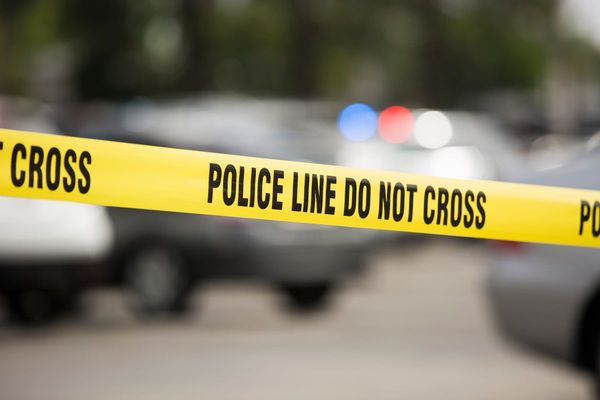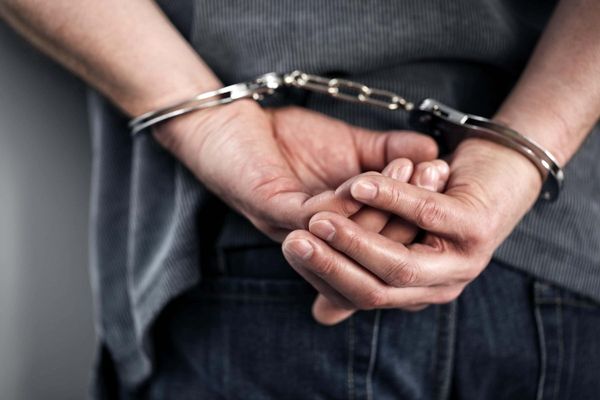Wildlife rescuer Tracey Wilson lets out a familiar refrain whenever she receives a call about a lost or injured koala: "Here we go again".
It is not from a lack of love for the iconic marsupial — Ms Wilson spends countless hours helping injured koalas recuperate from all sorts of injuries and mishaps.
She was one of the first people on hand when 21 koalas were found dead and 49 so horribly injured they had to be euthanased after a south-west Victorian timber plantation was cleared in 2020.
Many of the koalas that survived that incident recovered at Ms Wilson's wildlife sanctuary in Koroit.
Her frustration, she said, stemmed from the fact that the number of calls to help injured koalas was increasing.
"I think it's just so depressing how little consideration [is] given to the passage and habitat of our unique wildlife," she said.
Two separate incidents within the past month have resulted in koalas being found dead or burnt alive.
Those came on top of the calls Ms Wilson said she received from residents whenever construction started on a new development in the region.
"Sometimes it's a koala on a roof or stuck on scaffolding — they've just got nowhere to go," she said.
"We've lost the significance of trees."
What can be done?
The Australian Koala Foundation has been pushing for tougher laws to protect koalas for decades.
The foundation's chair, Deborah Tabart, said she had lobbied 14 federal environment ministers over 33 years for change, to the point where her group drafted its own legislation to give to the government.
Ms Tabart sent new Environment Minister Tanya Plibersek a copy of the proposed changes last week, but was not overly confident much would change.
"To be frank, I think it scares both sides of politics because it really gets to the nub of the issue," Ms Tabart said.
"The act automatically says, 'If this is koala habitat then you can't touch it' — and the only way you can touch it is if you prove that your activity is benign, which I think if you are a responsible industry you could do."
The foundation has raised concerns about the way koalas are counted in Australia.
Last month the marsupial was listed as endangered in New South Wales, the ACT and Queensland, however they were only listed as being "vulnerable" at a national level.
The latest Victorian research revealed that an estimated 460,000 koalas lived in Victoria's native forests and eucalypt plantations, but the foundation's figures placed the state's population at fewer than 24,000 koalas.
"The bottom line is our government has said that koalas are endangered and in Victoria and South Australia the hospitals on the ground are still getting injured animals.
"So do we not care about the welfare of this species, even though we're prepared to put it on every single tourism brochure in the whole planet?"
Ms Plibersek was unavailable for comment, but a government spokesperson said the environment had suffered a decade of neglect under the Coalition.
"We are determined to take real action to stem the decline," the spokesperson said.
"Sadly, koalas are currently listed as endangered in the ACT, NSW, and Queensland.
"These listings are based on expert advice from the Threatened Species Scientific Committee."
Green thumbs needed
At her south-west Victorian wildlife sanctuary, Tracey Wilson is surrounded by koalas.
She wishes that was not the case.
Ms Wilson admitted that a wide-ranging piece of protective legislation for koalas would be hard to achieve, and instead wanted the focus to be on what individuals could do right now.
"It's simple — plant a tree," she said.
"I love the idea [of an act] but I think it would be very difficult to get through, especially if it requires people to stop harvesting on their own plantations if koalas are found.







